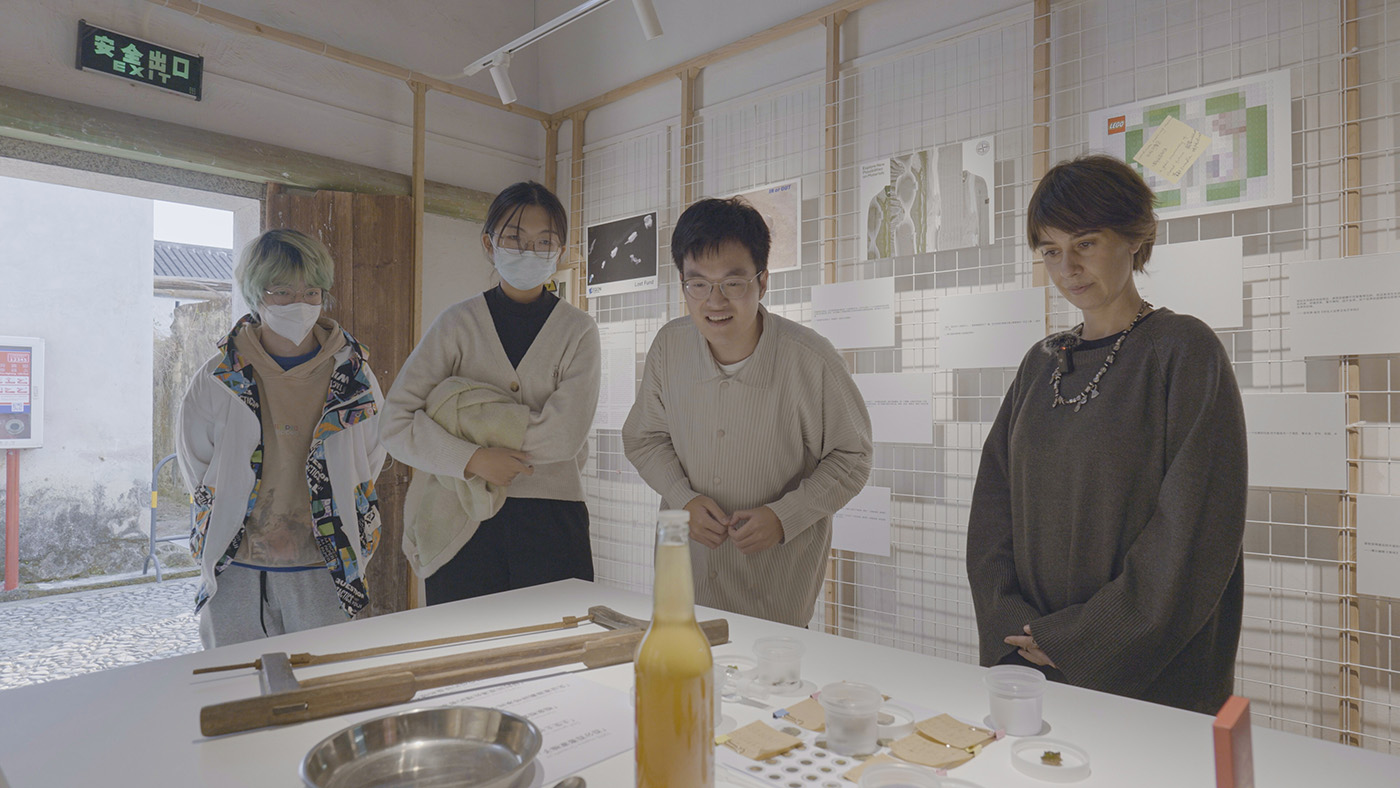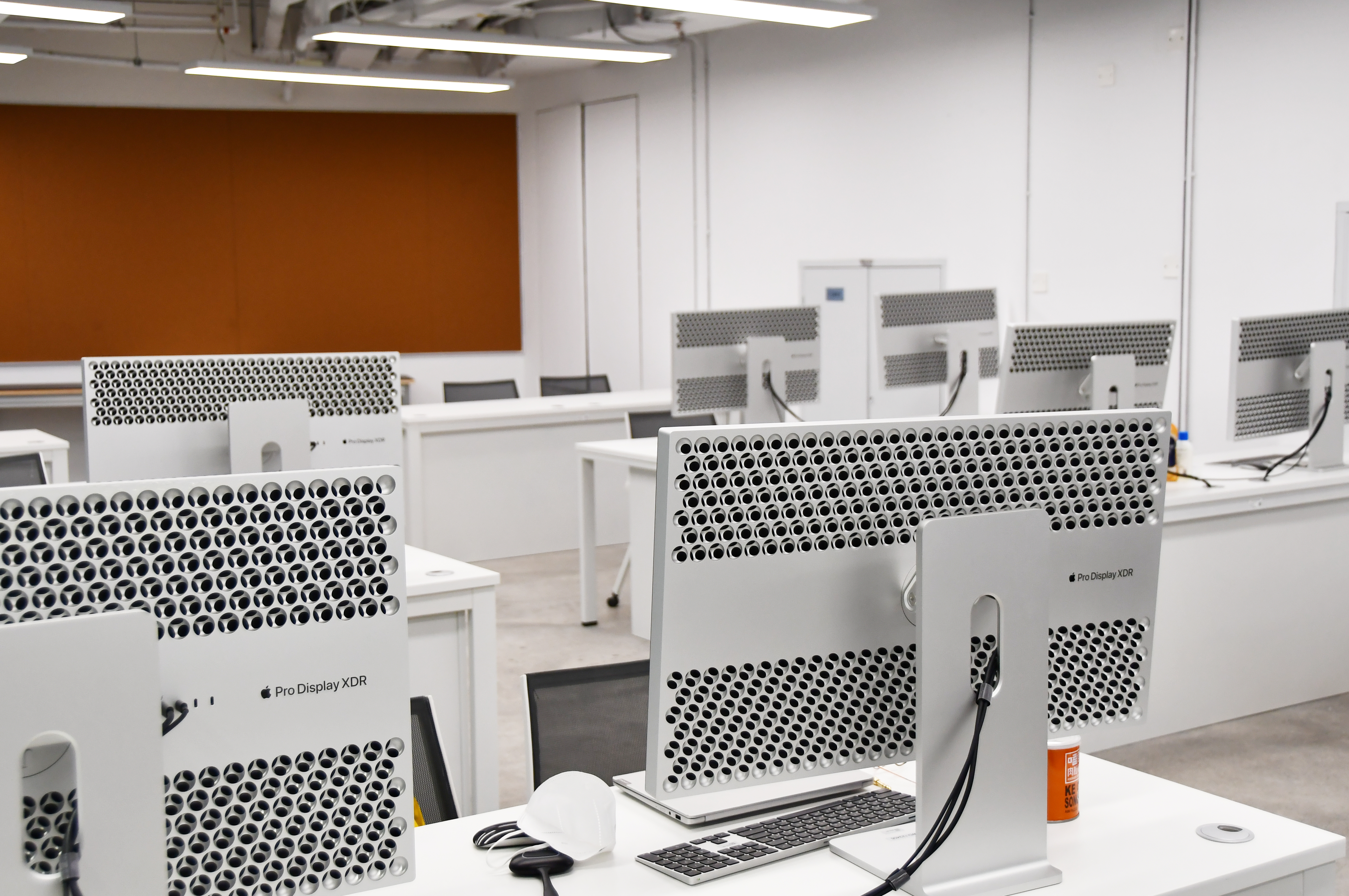
Design plays a fundamental and crucial role in creating and shaping our world. The intrinsic capacity of design enables it to serve as an agent of change and a source of transformation. Design links scientific and technology research to society by turning ideas into practical and attractive applications and services for users and industry. New design disciplines are emerging in response to the changing technological, cultural, economic, environmental, and social conditions.
The strategic importance of design is recognized in national and regional policies; Shenzhen, a major manufacturing center for the world, has identified design as a key pillar for future development. As the “City of Design”, the output value of Shenzhen’s cultural and creative industries has accounted for more than 10% of Shenzhen’s overall GDP. There is an urgent need for world-class designers in Shenzhen to contribute to innovation, growth, prosperity, and achieving enhanced quality of life everywhere, thus SUSTech School of Design was established.
Established in the Southern University of Science and Technology (SUSTech) as the first step towards the establishment of the Shenzhen Institute of Design and Innovation, the School of Design draws on the strengths of this vibrant university, namely its depth in research, its vigor for innovation and entrepreneurship, and its disciplinary diversity. Enhanced by the resources in Shenzhen and the Greater Bay Area, the School of Design engages closely with the industry to establish a close, structured collaboration that fosters and realizes design for the greater common good. At the School of Design, students are learning to be the next generation of ethically responsible and socially engaged creative leaders.
The School now offers education and research at undergraduate, masters, and doctorate levels. The undergraduate major in industrial design has five areas of focus: Object Design, Experience Design, Interaction Design, Environmental Design, and Wearable Design. Research platforms are being established in Wellness, Smart Products, and Accessibility and Inclusion.
The School of Design is anticipated to have 800 students by 2024, approximately 50% at the undergraduate level and the remainder at masters and doctoral levels. The student/faculty ratio is targeted to be 8 to 1. Faculty and students are recruited globally, complemented by adjunct appointments and industry partnerships.
To build an international, high-level, innovative, and practical world-class design school, which is closely focused on the needs of Shenzhen and the Greater Bay Area, leads the industrial upgrading and transformation with research, meets the needs of high-level creative and design talents through education innovation, integrates teaching, research, exhibition and technology transfer, and features application-orientation and multi-discipline integration.

The School has recruited outstanding talents around the world to build global faculty competitiveness and a team of highly globalized and interdisciplinary faculty team. As of mid-2022, a total of 20 professors including teaching and research track, teaching-track, industry professors, and visiting professors, coming from China, Germany, the Netherlands, Switzerland, and Italy, with diverse research areas such as industrial design, architectural design, interaction design, mathematics, structure and materials, acoustics, film, sociology, and other fields.

The current campus of the School is located on the 3rd, 10th, and 11th floor of Building C1, Nanshan Zhiyuan, with a total of 4,229 square meters. Adjacent to the Southern University of Science and Technology, Shenzhen University Town and other universities, Zhiyuan will introduce enterprises in key supporting fields including the Internet, biomedicine, new energy, and new materials. Benefiting from this geographical location, the School will establish close links with academia and industry in building a bridge between scientific research, manufacturing, and innovation.